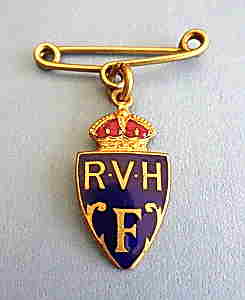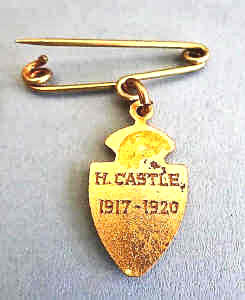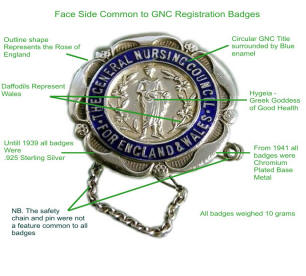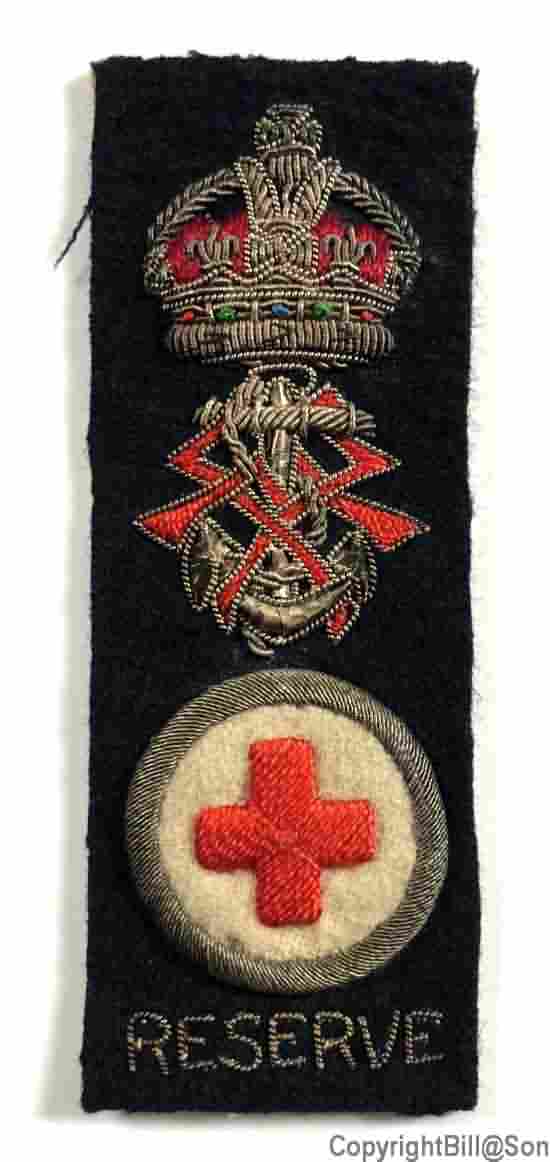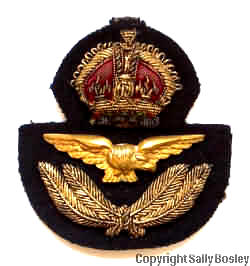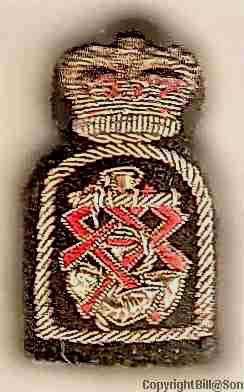|
|
Nurse Uniforms
Fixings and Fastenings
Part2 |
|
Fixing and
Fastenings
Well here we go again then, the second part of our article about
‘fixing and fastenings’ used on nursing and hospital badges;
belts and buckles. But we need to start with a final safety pin
fixing example which I missed last time!
Very, very nice. But the safety pin is the star of this Royal
Victoria Hospital Folkstone badge, acting as it does as not only a safety
pin. but also as a support for the badge support loop!
Complicated perhaps but effective nevertheless.
Next - GNC badges.
| SRN |
RSCN |
RFN |
RMN |
RNMD |
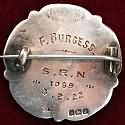 |
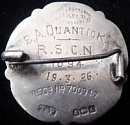 |
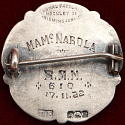 |
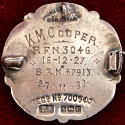 |
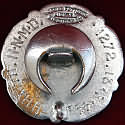 |
| 1922
- 1983 / 600,000+
(*) |
1922 - 1983 /
xxx (*) |
1922 - 1967 /
21,505 |
1922 - 1983 /
xxx (*) |
1922 - 1983 /
xxx (*) |
|
(*)Final
numbers not yet available - shown in red. |
Unremarkable in essence. Apart from the early SRN and RFN badges
which were fitted with a pin/catch of excellent design, although
with a very sharp overhang, rather like the first edition London
hospital badges, which could possibly inflict accidental
stabbing! ( SRN badge above - LH image below).
The RSCN/RMN badges (above) had poor pins and
absolutely awful hinges on
the rear. They were often replaced by wearer's when they became
useless, by using bent paper-clips. A shame on such well designed
and cherished badges - as can be seen on the ever present face
side - at least until the late 1960's. By the same token the
shown RMND horseshoe-shaped lapel fiting, but that was intended
to be worn in the lapel. The whole badge was then changed for a
base metal chromium plated worse.... *All badges could be
ordered from the GNC with any specified fitting - albeit only
that available at the time year-wise.
Perhaps the whole question of fixing and fastening, however many
variations on the theme were developed, was in essence resolved
many years earlier, by the British Services including nursing
services, with the provision of slip on arm bands (Brassards);
hat bands; epaulette slide loops; and the simple cloth badge
(and a sewing needle and thread)! Admittedly sounding more
laborious and possibly expensive, but definitely effective. Add
to that a well sewn on patch is unlikely to get lost! Likewise a
belt buckle which fastens the belt is equally secure. Later
methods of attachment include 'Velcro' and even iron-on adhesive
patches...
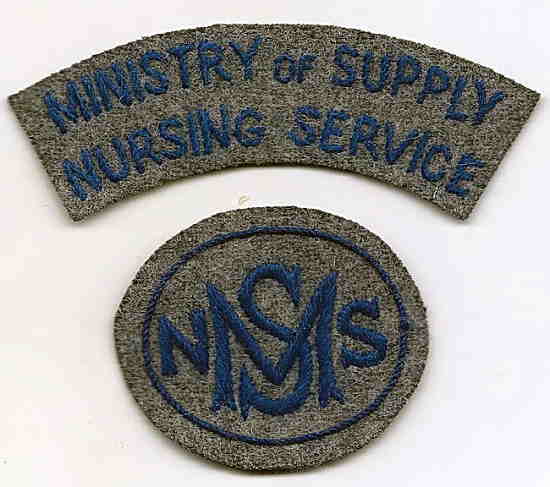 |
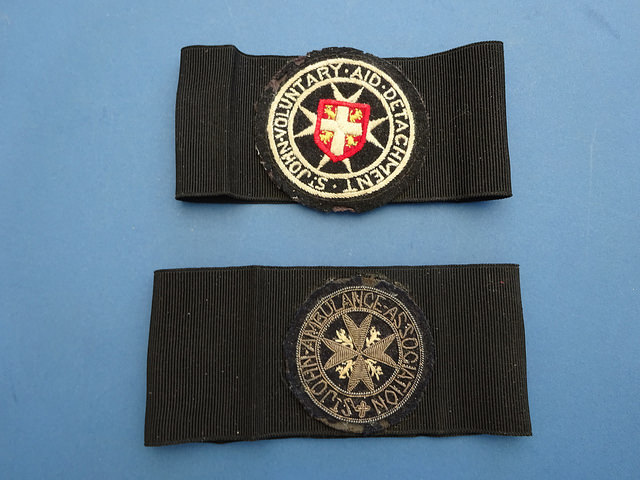 |
The subject of belts is demonstrated best
Here.
But don't get distracted before we finish our article here -
there are more superb photographic examples herein. For example
This Navy reserve Nursing service badge. Sew on backed wire bullion;
very intricate; very desirable. From Sally Bosley's Badge shop.
There are many Similar Naval items in silver bullion wire. The
RAF is also well represented with bullion wire creations, as is
the army QARANC. Unfotunately I could not find a Royalt free
image of the latter... Pity.
Well, safety pins; studs; cross bars; loops;
magnets; cloth; brassards (arm and hat); Velcro; straight
forward sew it on felt; iron on adhesive (heat); belt
fastenings; and yes - the codged up bent paperclip have all
graced our nurse uniforms at some time or another. Some have
demonstrated that our nurses also belong in the armed services
with those wonderful wire-bullion badges, produced with serious
dedication for their intended uniform adornment. My one regret
in writing this article is that I could not find a (free)
British army QARANC badge... But I am working on it and
may well be able to add one shortly. Sign of the times....
Perhaps this photograph will help summarize things....
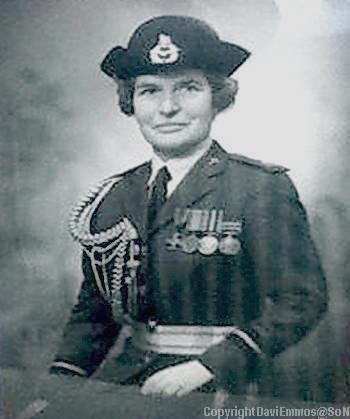 |
RAF Photo maybe, but BM Ducat-Amos was a
nurse - Air Commandant B.
M. Ducat-Amos, Princess Mary's Royal Air Force Nursing
Service.
Cap badge; lanyard; Epaulettes; shoulder bars; lapel badges;
medals; coat buttons; belt; the lot.... Well done marm, so
very well done....
Appreciation & Acknowledgements
1. Peter Maleczek - http://www.petersnursingcollectables.com/ for
copyright permissions.
2. Barry Sutton - SoN.
3. http://www.schoolsofnursing.co.uk
4. Sally Bosley.
5. Bill@SoN
6. Will Burgess@SoN
Wll B. Copyright Asserted.
May 2022.

